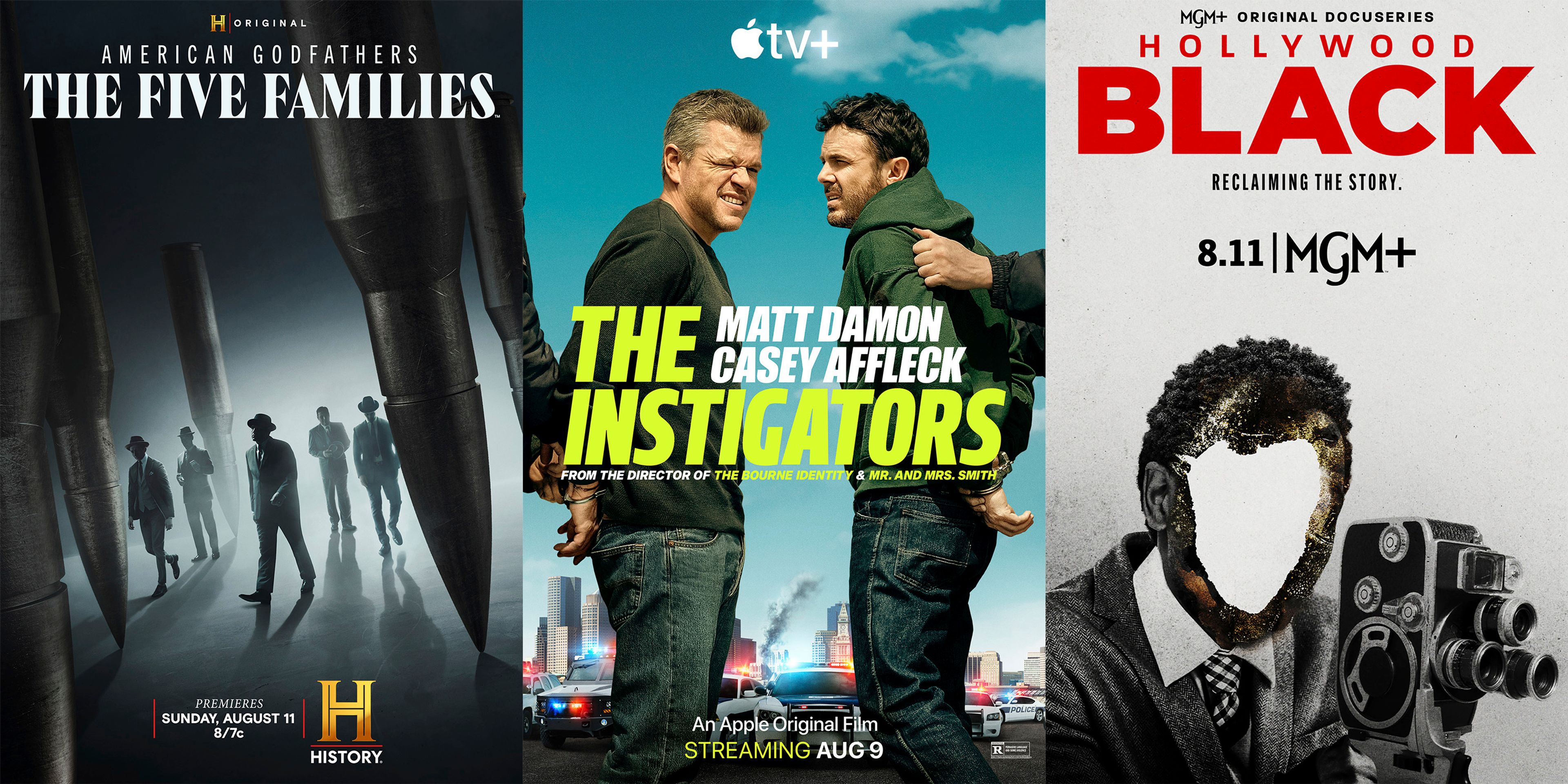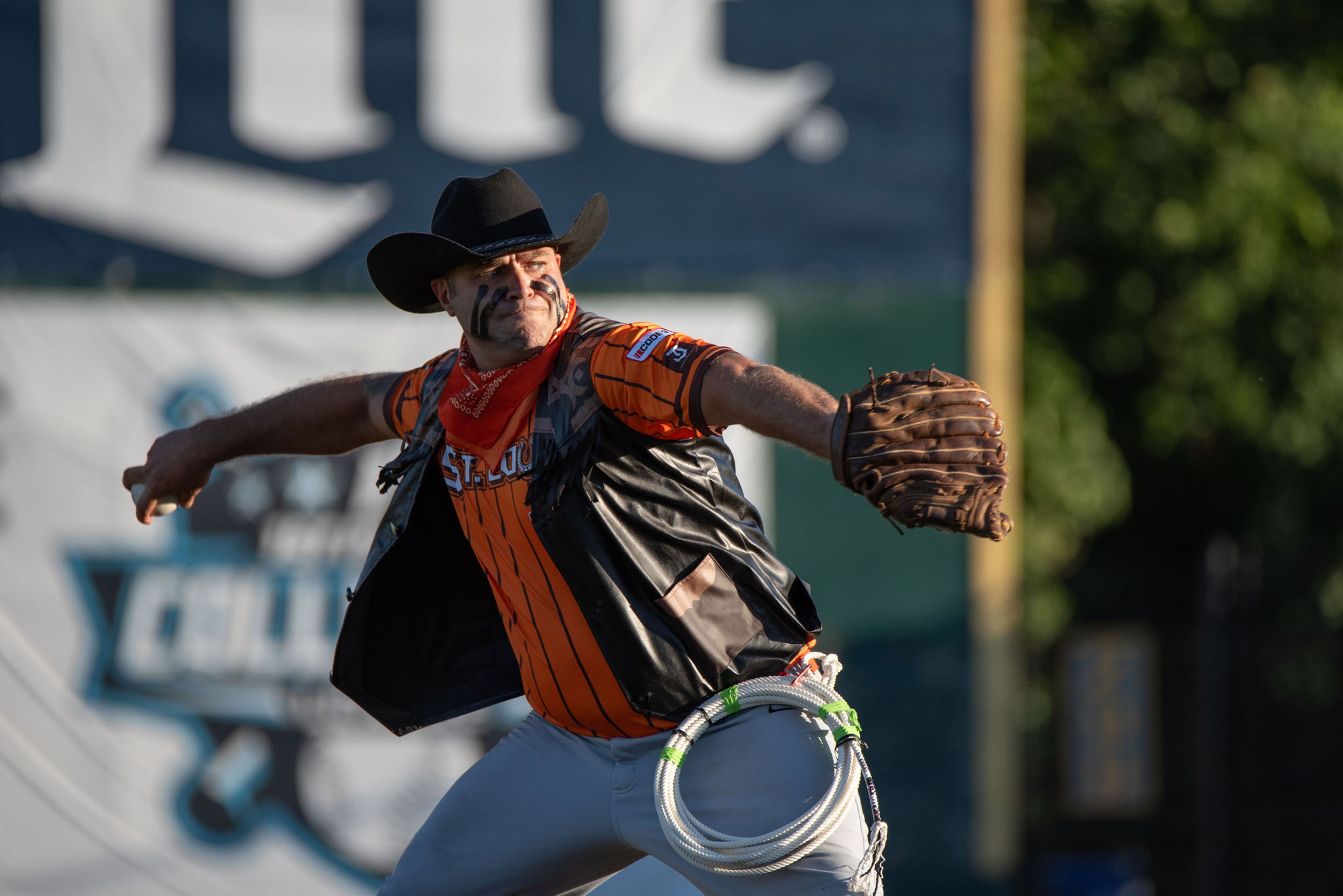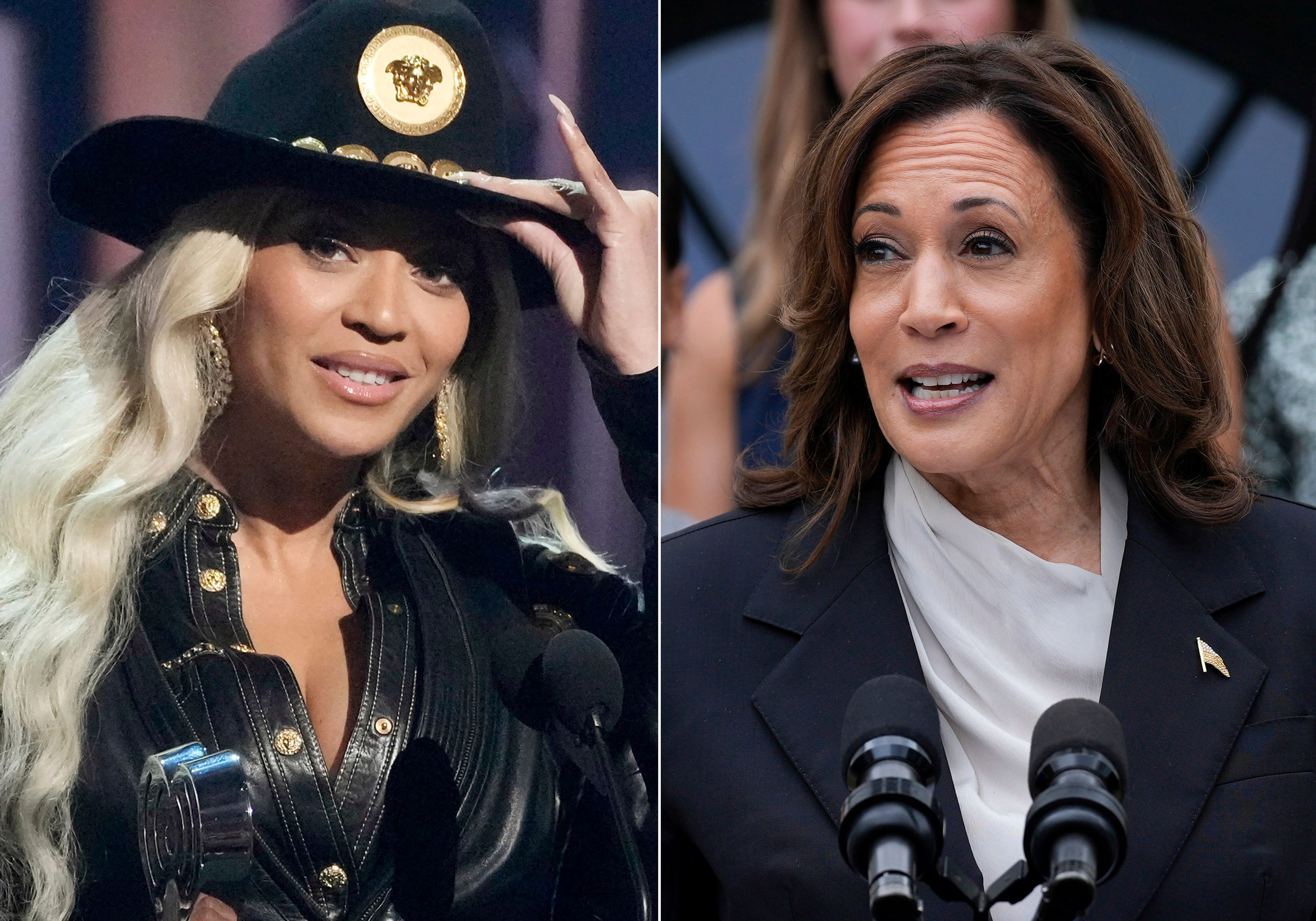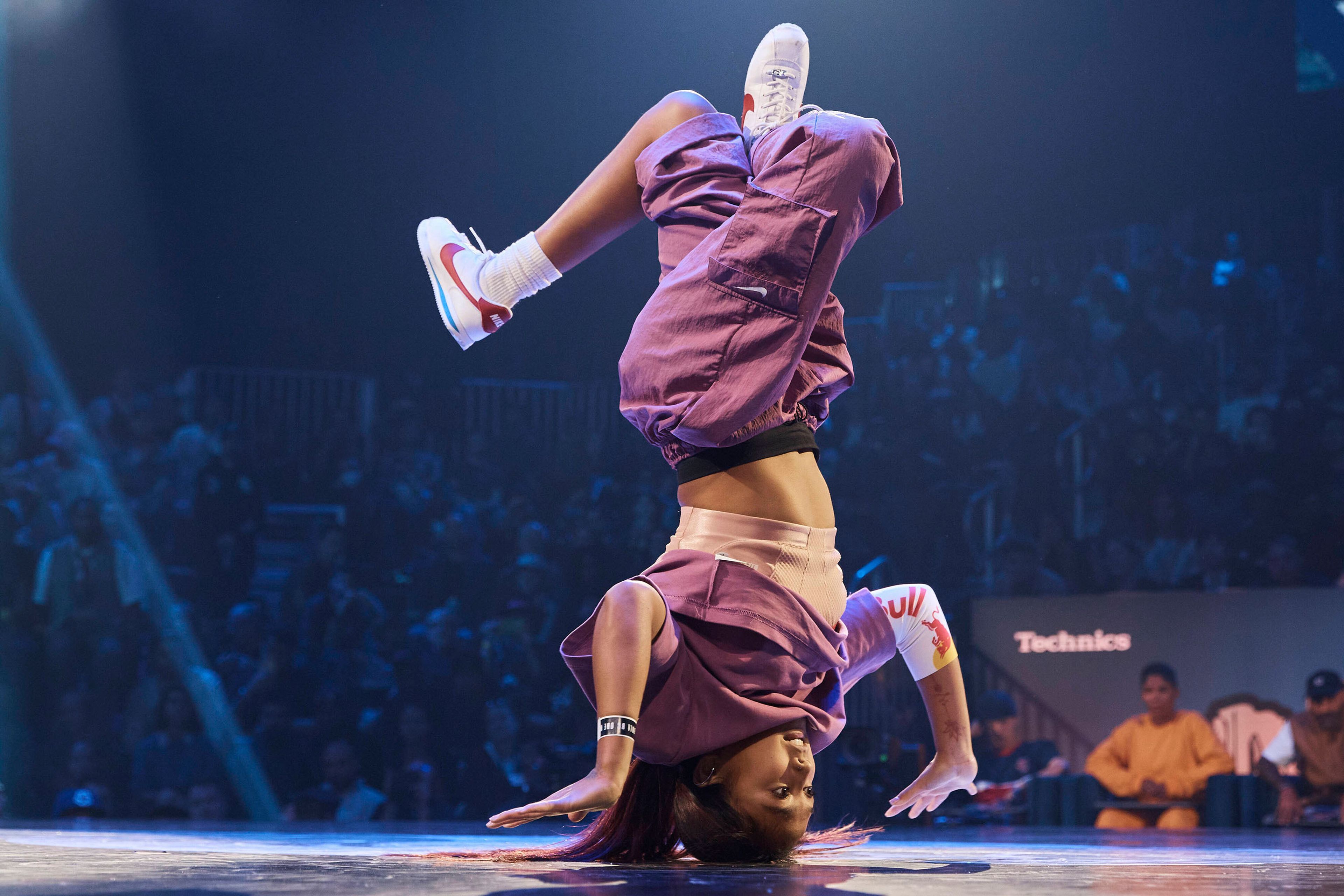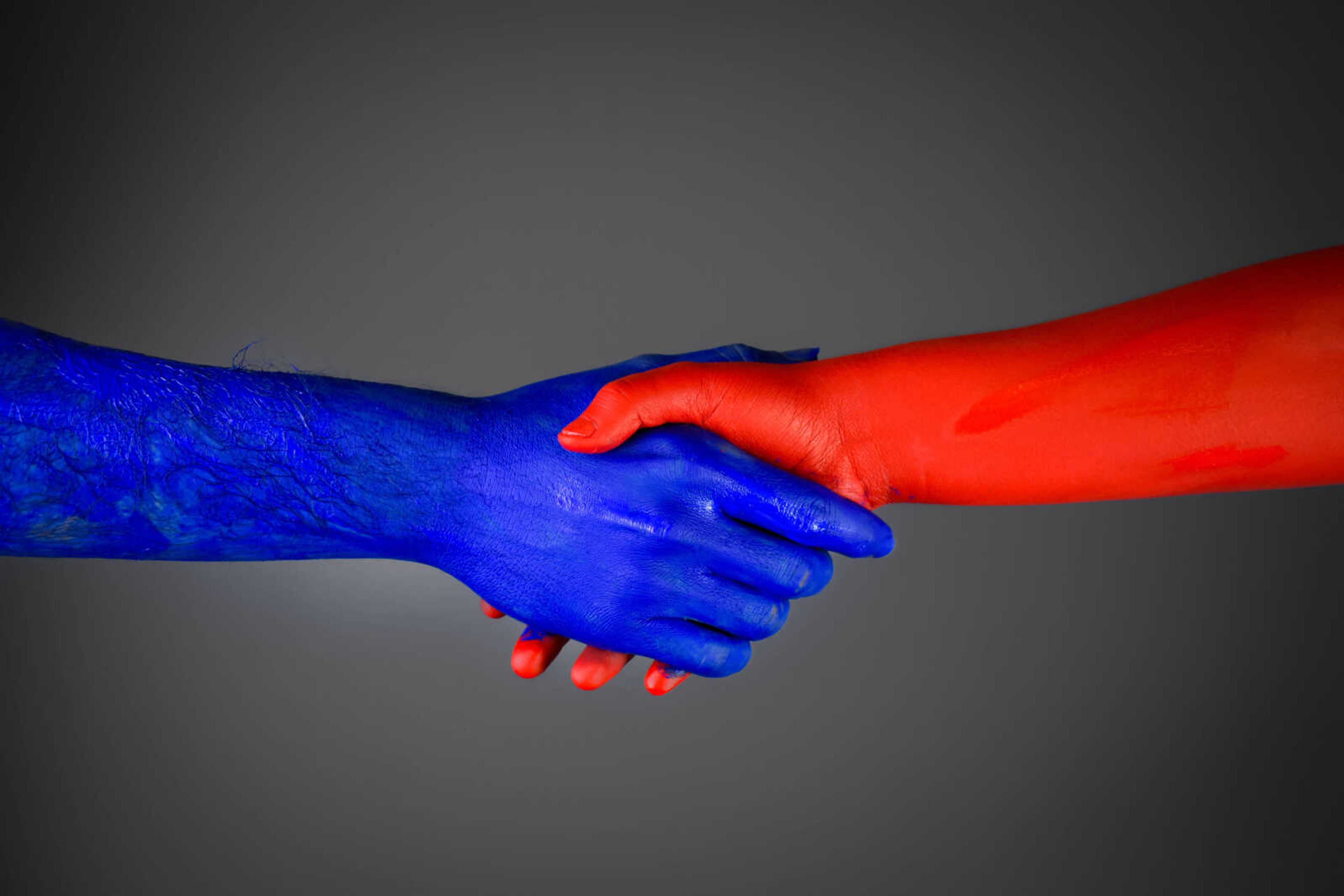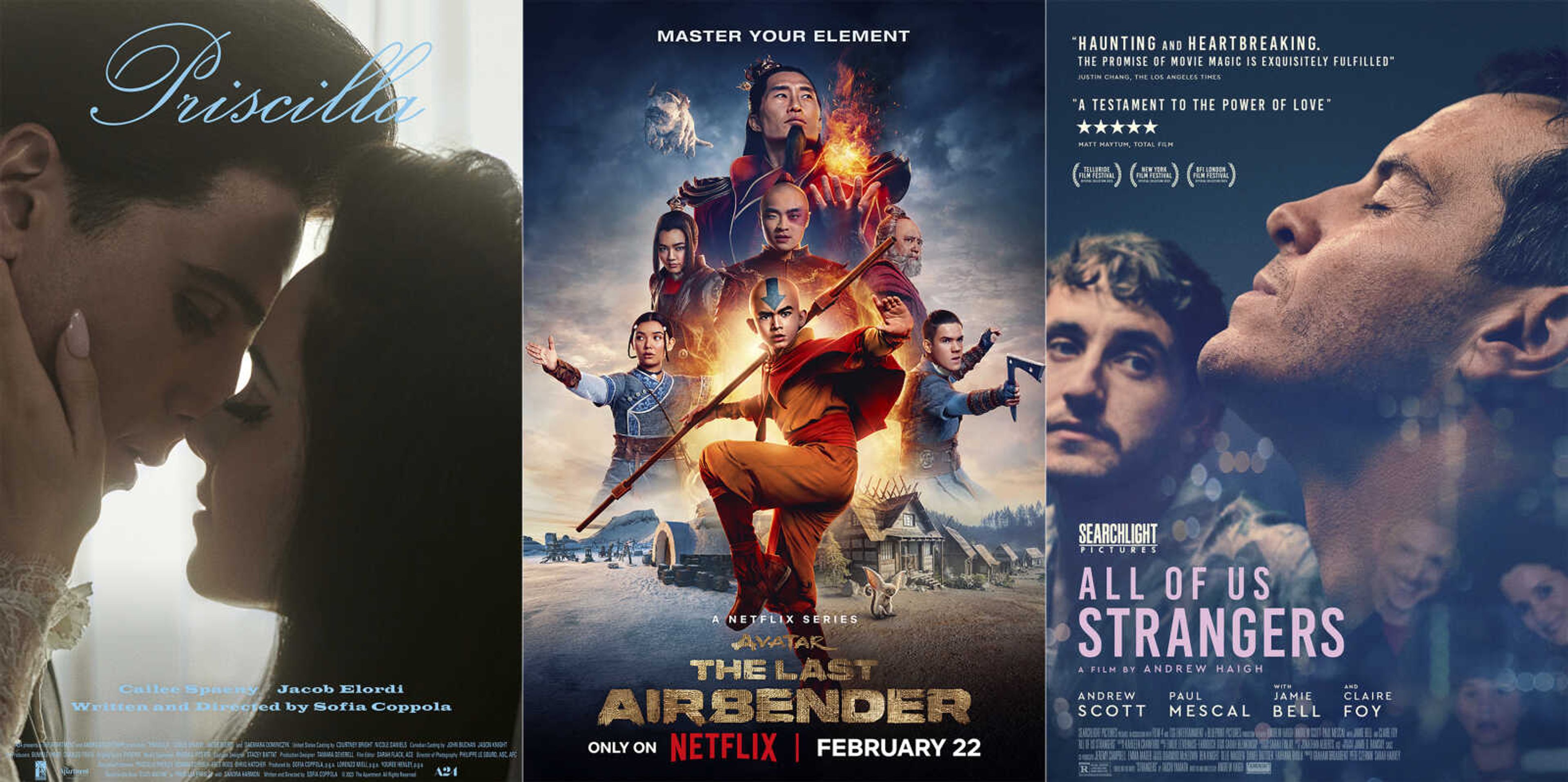EL PASO, Texas -- Long before the reality TV craze, Mexican revolutionary Pancho Villa fought battles with an American camera crew in tow -- in 1914.
He hoped his $25,000 deal with the Mutual Film Co. of New York would get him good publicity in the United States and money to buy arms and supplies. The battlefield footage became the first U.S. newsreel. But like most reality shows, all was not as it seemed. Certain battles and executions were staged for the cameras. Villa's skin was lightened and his hair was styled to make him more appealing.
How Villa used the studio and the studio used Villa is the theme of "And Starring Pancho Villa as Himself," an HBO movie (8:30 p.m. today) starring Antonio Banderas.
"For a man with very little education, Pancho Villa was a public relations genius," executive producer Josh Maurer said in El Paso at a screening of the film written by Larry Gelbart (the TV series "M*A*S*H" and "Barbarians at the Gate") and directed by Bruce Beresford ("Driving Miss Daisy").
Along with boots and artillery, Mutual supplied 5,000 Confederate Army uniforms for Villa's scruffy soldiers because the studio wanted to make them look better.
Revolutionary idea
All sides in the Mexican Revolution used the media -- establishing their own newspapers, censoring legitimate media reports, paying money to reporters, editors and newspapers with the expectation of positive coverage.
But Villa's bold personality and military victories played well in the United States, even as the country eyed the happenings in Mexico with suspicion and unease.
"Villa enjoyed a good relationship with the American media," said Fred Morales, an El Paso historian who specializes in the Mexican Revolution. "One time he delayed an attack on Juarez because the World Series was on."
For Mutual, publicity and propaganda meshed.
According to Mark Cronlund Anderson's book "Pancho Villa's Revolution by Headlines," Mutual President Harry Aitken told the media: "I found him a very different man from the uncouth bandit he has been painted. ... He is a serious dignified man who conducts the affairs of his army in a systematic and orderly manner, which would do credit to a much older and experienced military man."
Things went well for Villa until his army suffered a string of military defeats at the hands of another, more moderate revolutionary leader with whom he had broken ranks. Then the U.S. media began to ignore him, Anderson says.
Ultimately, the United States recognized Villa's opponent, Venustiano Carranza, as Mexico's president. The Carranza general responsible for Villa's defeats, Alvaro Obregon, was later elected president and some believe had a hand in Villa's assassination in 1923.
Villa, driving with some of his men to witness the baptism of a friend's son, was ambushed and died in a hail of bullets.
------
HBO: www.hbo.com
Connect with the Southeast Missourian Newsroom:
For corrections to this story or other insights for the editor, click here. To submit a letter to the editor, click here. To learn about the Southeast Missourian’s AI Policy, click here.
